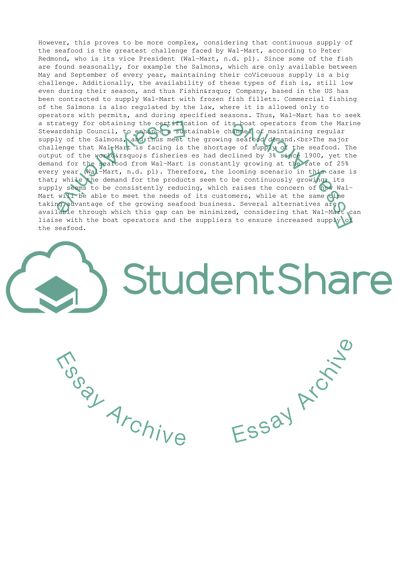Cite this document
(“Wal-Marts Sustainability Strategy Essay Example | Topics and Well Written Essays - 3250 words”, n.d.)
Retrieved de https://studentshare.org/business/1621017-e-logistic-assignment-2
Retrieved de https://studentshare.org/business/1621017-e-logistic-assignment-2
(Wal-Marts Sustainability Strategy Essay Example | Topics and Well Written Essays - 3250 Words)
https://studentshare.org/business/1621017-e-logistic-assignment-2.
https://studentshare.org/business/1621017-e-logistic-assignment-2.
“Wal-Marts Sustainability Strategy Essay Example | Topics and Well Written Essays - 3250 Words”, n.d. https://studentshare.org/business/1621017-e-logistic-assignment-2.


